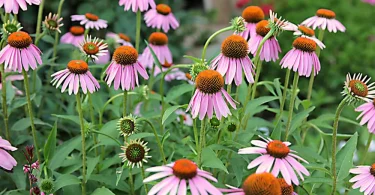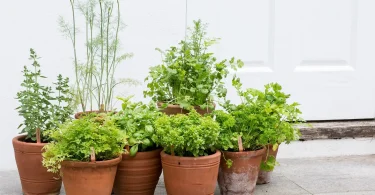Winter can be tough on even the healthiest gardens. As temperatures drop, daylight shortens, and frost arrives, plants become more vulnerable to stress and damage. Many gardeners unintentionally make mistakes during winter that harm plant growth and reduce spring productivity.
To help you protect your garden, here are the most common winter gardening mistakes to avoid along with practical solutions and a troubleshooting table at the end.

Critical Winter Gardening Mistakes Every Gardener Should Avoid
1. Ignoring Soil Preparation Before Winter
Many gardeners focus only on the plants and forget the soil. But winter is the season when soil structure can easily degrade.
Why it’s a mistake:
Cold winds and heavy rains can strip nutrients, compact soil, and damage root zones.
How to avoid it:
- Avoid walking on wet soil to reduce compaction.
- Add organic compost before winter.
- Apply mulch to protect soil structure.
2. Overwatering or Underwatering Plants
Watering correctly in winter is tricky because plants need less moisture but still require consistent hydration.
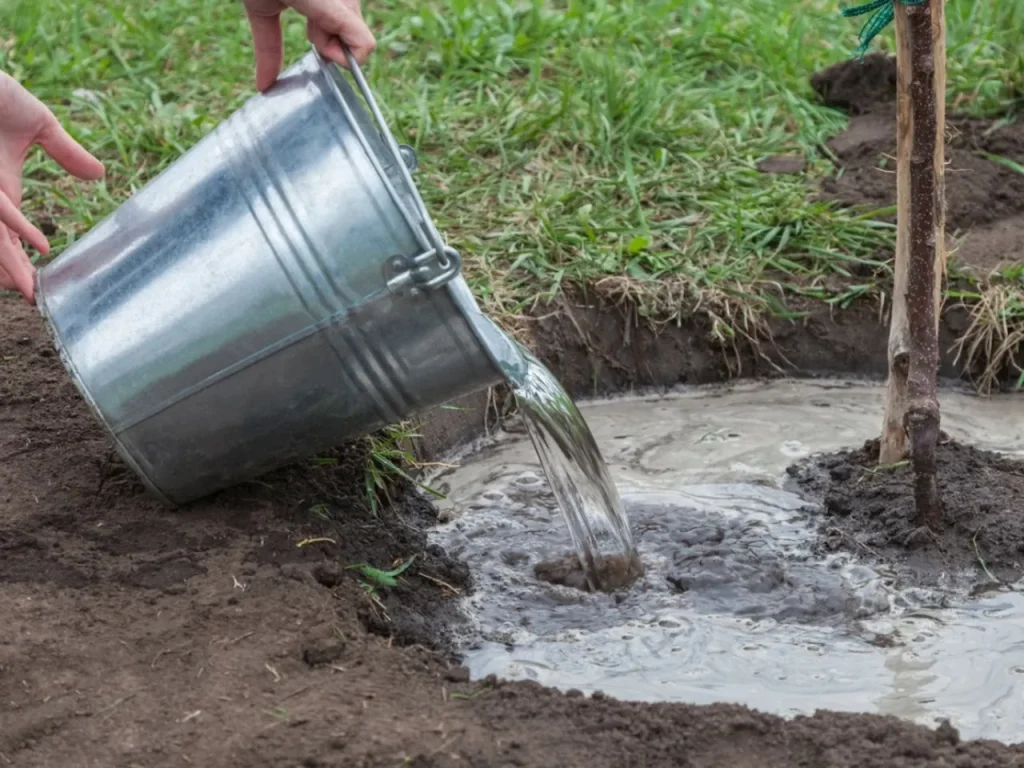
Signs of trouble:
- Root rot from overwatering
- Dry, brittle stems from underwatering
How to avoid it:
- Water early in the day so moisture is absorbed before night temperatures drop.
- Water only when the soil is dry 1–2 inches below the surface.
3. Planting Frost-Sensitive Plants Too Late
Winter frost can instantly damage young or tender plants.
How to avoid it:
- Use row covers or cloches during unexpected early frosts.
- Check frost dates for your region.
- Transplant frost-sensitive plants earlier in autumn.
4. Forgetting to Mulch Properly
Mulch protects roots, regulates soil temperature, and prevents frost heaving.
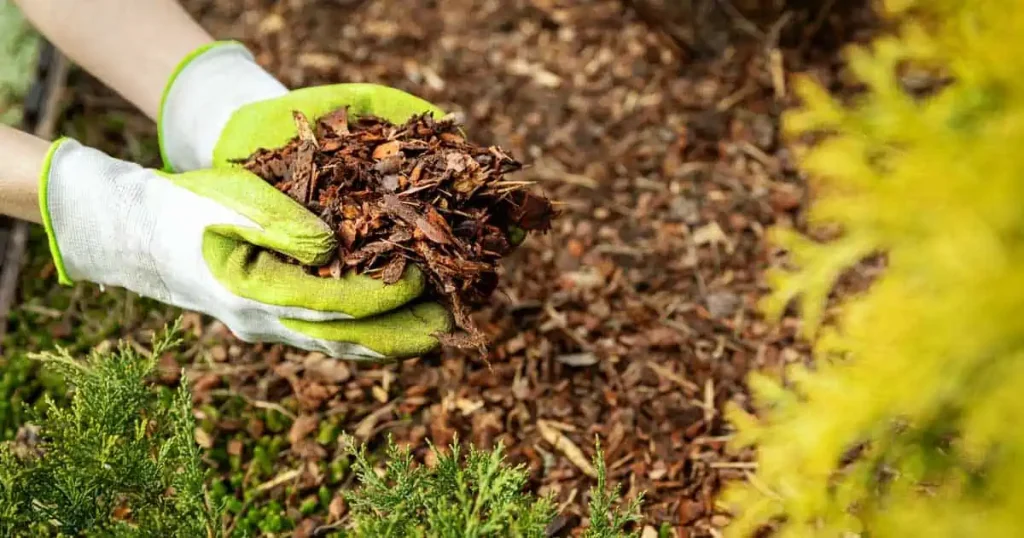
Common mistake: Using too little mulch or placing it directly on stems.
Correct method:
- Leave a small gap around plant stems to prevent rot.
- Apply 2–4 inches of mulch.
5. Not Protecting Plants From Extreme Cold
Many gardeners think their plants are “hardy enough,” but unexpected cold snaps can cause damage.
How to avoid it:
- Move potted plants indoors or into a cold frame.
- Use frost blankets, burlap wraps, or temporary greenhouses.
6. Neglecting Tools and Equipment
Winter moisture can damage metal tools and hoses.

How to avoid it:
- Store equipment in a dry area.
- Clean and dry tools before storing.
- Drain and disconnect hoses.
7. Pruning at the Wrong Time
Winter pruning is helpful but doing it too early or too late harms plants.
Avoid pruning:
- Tender perennials
- Spring-flowering shrubs
Best practice:
Prune only dormant plants and follow plant-specific guidance.
8. Skipping Pest and Disease Checks
Many pests overwinter in soil, bark, and fallen debris.

Solution:
- Treat pest-prone areas early with organic methods.
- Remove dead foliage.
9. Using the Wrong Fertilizer in Winter
Some gardeners apply nitrogen-rich fertilizer in winter, which encourages new growth that frost will destroy.
What to Use Instead
- Slow-release fertilizers
- Compost
- Bone meal or rock phosphate
Avoid:
High-nitrogen fertilizers until spring.
Troubleshooting Table: Common Winter Garden Problems
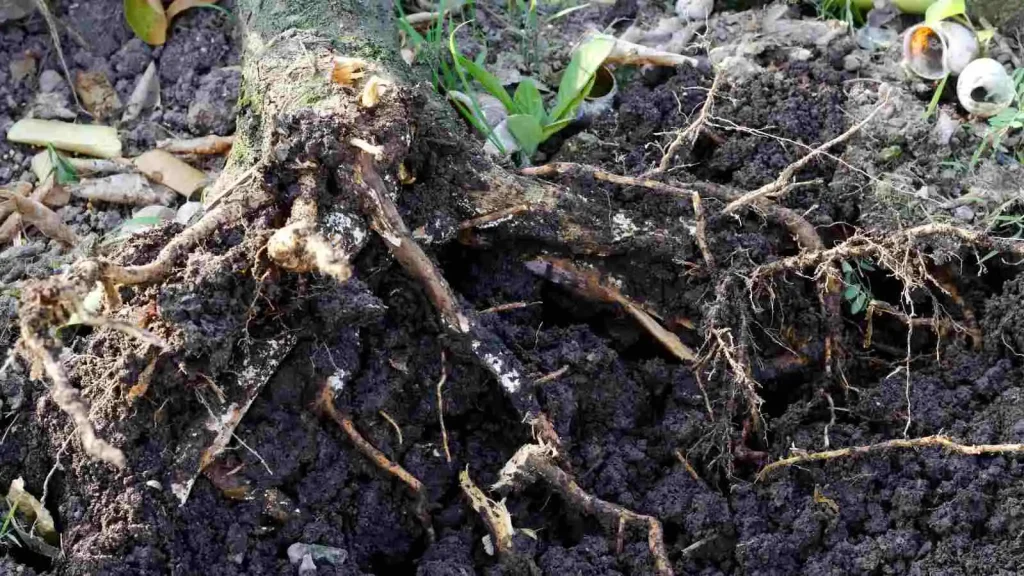
| Problem | Possible Cause | Symptoms | How to Fix It |
|---|---|---|---|
| Frost-damaged leaves | Sudden temperature drop | Blackened, mushy leaves | Cover plants with frost cloth, prune damaged parts in spring |
| Root rot | Overwatering | Wilting, foul smell, soft roots | Reduce watering, improve drainage, add sand/compost |
| Dry, brittle stems | Underwatering | Shriveling, cracking | Water lightly but consistently, add mulch |
| Soil erosion | Lack of mulch | Exposed roots, washed-out soil | Add 2–4 inches of organic mulch |
| Slow growth in winter | Poor soil nutrients | Pale leaves, stunted growth | Add compost or winter-safe fertilizer |
| Wilting after frost | Frost shock | Drooping but not rotten | Keep plants covered for a few days, avoid pruning immediately |
| Winter pests (aphids, mites) | Overwintering insects | Yellow leaves, sticky residue | Use neem oil or insecticidal soap |
| Cracked pots | Freezing water expansion | Broken ceramic or clay pots | Move pots indoors or wrap them for insulation |
Conclusion
Winter is a challenging season for gardens, but with the right preparation and awareness, you can protect your plants, improve soil health, and prevent cold-weather damage. By avoiding these common mistakes such as overwatering, skipping mulch, improper pruning, and forgetting frost protection, you’ll set your garden up for success when spring returns.
Use the troubleshooting table whenever issues arise, and adjust your care routine as temperatures shift. A little winter preparation goes a long way toward creating a thriving, resilient garden.

